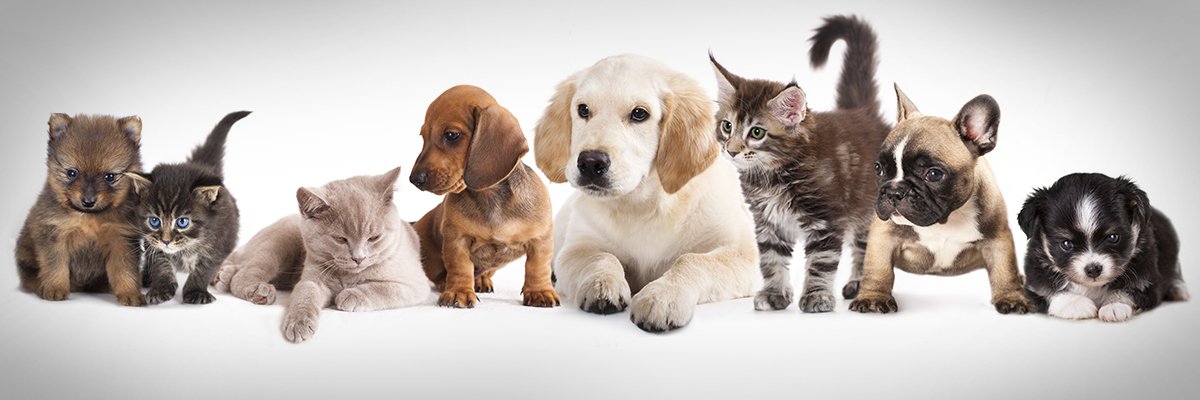Over the past year, Kate Balingit has been leading the digital health initiative at Mars Nutrition, reporting to the company’s pet care chief information officer, where she is focused on commercialising and deploying artificial intelligence (AI) through the Mars pet nutrition brands. These include well-known pet foods brands such as Pedigreee, Iams, Royal Canine, Sheba and Whiskas.
“Even though we’re building tech products, Mars is a non-tech company,” says Balingit, whose official job title is Mars Petcare head of digital innovation. “We kind of abide by the same standards of scientific credibility and scientific rigour that apply to our primary business of food.”
A former Googler, who was also involved in Waze, Balingit joined Mars Petcare in 2022 to head up Whistle, the “FitBit for dogs” company Mars acquired in 2016 (see Career at Google) .
She says Mars Petcare has made a large commitment to digitising the pet care business. This includes everything from upskilling staff to digitising factories and its supply chain, as well as elevating the e-commerce experiences. Digitisation also covers emerging technologies such as using agentic AI for automating workflows and mining digital health data.
On the AI front, rather than rely on existing large language models (LLMs), she says the business is focused on building the computer vision algorithms itself: “We’re building image classifiers to detect signs of emerging health conditions and enterprise software components that enable us to create user experiences that can safely live on our brand digital properties. It comes down to differentiated assets – our proprietary data sets bootstrap an image database and then we work with vets to label the images and train the algorithm.”
She says these algorithms go through the same kind of scientific governance rigor as the food part of the business. “We do have to be able to say where we sourced our data. We’re also very explicit about publishing how we train the models.” This, she says, is a differentiator. “You don’t get a free pass just because you’re working with algorithms. At a non-tech company, you have to abide by the same quality standards that apply to the entire business.”
Among the challenges the company aims to address is how to build products and digital experiences that meet the unique needs of individual brands, individual business units and offers a unique differentiator. A lot of the work involves its data architecture for structuring all of the data that the company collects from pet parents who use the apps and applications the company develops.
“We’re working with emerging technologies like computer vision and trying to build products with a platform approach to enable us to repurpose these assets in different types of applications,” she says. “My team takes a very component-based approach. I don’t see us building products. Instead, we are building a series of capabilities.”
Digitising pet care
There are around 200 people working in the digital transformation organisation at Mars Petcare. Balingit’s role involves orchestrating initiatives across three core functions: science, data science and software engineering.
“The digital health initiative starts with science; we’re building scientific instruments,” she says. These algorithms are capable of detecting the emerging presence of health conditions in dogs. “I start by partnering with the global R&D [research and development] science function, which includes specialists in oral health, skin health, gut health and healthy ageing.”
The team put together a specification for the product, such as deciding on the symptoms of a health condition that the software and AI it produces will be able to detect. The data science team is used to build the algorithm to detect the health condition.
“In the case of a canine dental check, we’re detecting plaque, tartar and gum irritation. I work with our data science team to build the algorithm – we have to acquire the training data and we have to label it, then we build the computer vision models using Azure developer tools.”
The algorithm is made available via an application programming interface (API). Balingit then works with the software engineering team on the actual product experience. “It’s a truly cross-functional effort,” she says.
The software not only needs to meet the high standards associated with the brand, but a high bar is also set for the enterprise architecture, data security and data privacy. With these high standards, Balingit says: “Data science and software engineering can do something really special, which is to scale scientific understanding and put these capabilities into the hands of pet parents around the world through our biggest brands.”
Greenies is a recent example of one of the brands with an AI tool. “Our use of AI in the Greenies Canine Dental Check tool started with a pet parent insight. We know that 80% of dogs have signs of periodontal disease by the age of three, but 72% of pet parents think that their dog’s oral health is fine,” she says.
The team wanted to address this awareness gap among pet owners using AI to, as Balingit puts it, “make the invisible visible and help people to understand that their dog is experiencing an oral health issue.”

“We’re very explicit about publishing how we train the models. You don’t get a free pass just because you’re working with algorithms”
Kate Balingit, Mars Petcare
The Greenies Canine Dental Check required a computer vision algorithm trained on more than 50,000 images of dogs. “We built an algorithm that was capable of taking a smartphone image to understand if the photograph is of a dog and, if it is, if it’s showing the dog’s mouth and its teeth are visible.” The algorithm then needs to analyse the image to determine whether the tooth has visual signs of oral disease.
When asked about the success in capturing teeth in a pet dog’s mouth, she says: “We always encourage caution. But when I’ve looked at the data, the average user captures about 10.2 teeth in the photo itself.” So, while it may seem a major undertaking for pet owners to attempt taking smartphone photos of their dog’s mouth with visible teeth, in Balingit’s experience, pet parents are “very capable”.
Another consideration is the level of accuracy. Balingit says: “No algorithm is going to be 100% accurate. A human is not 100% accurate. What’s really important is that we are not building a diagnostic device. Our goal was to build a health-screening instrument that could find visual indicators of an emerging disease.” As such, the level of accuracy it can achieve of 97% is good enough.
An approach to business AI
As Balingit notes: “AI is just top of mind for everybody right now.” Like many businesses deploying AI applications, she points out that the past two years have been “a whirlwind”, which means companies such as Mars Petcare need to figure out what they should be doing with AI.
“It’s important to be intentional about what we’re doing, and the key question for me is, ‘What do we at Mars Petcare have that an AI company in Silicon Valley doesn’t have? What are our unique assets and how do we build an AI innovation agenda on top of them?’”
Looking to the future and advances in digital technologies, Balingit believes the world of internet of things (IoT) sensors and AI offers a tantalising opportunity for the business and pet owners alike. While people talking to their pets like Dr Dolittle may seem a bit far-fetched, she says: “Our pets do talk to us with their movements, their facial expressions.” Inevitably, many pet owners may miss these subtle signs, but AI could offer a way to spot these.
Ballingit sees an opportunity to use sensor data to help quantify animal behaviour and then apply AI to translate the sensor data into something humans can understand. In a world where digital technologies have made people ever-more disconnected from the real world, tech innovation may one day offer a way for pet parents to have a closer relationship with their furry friends.
